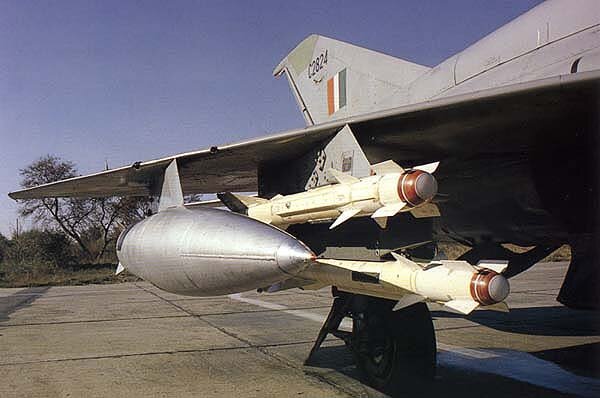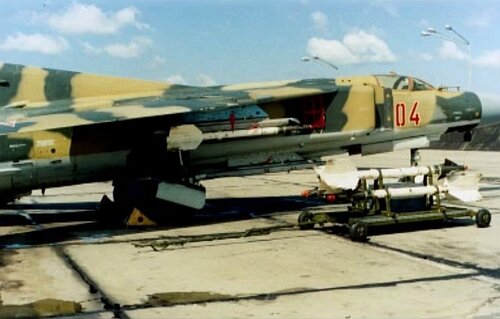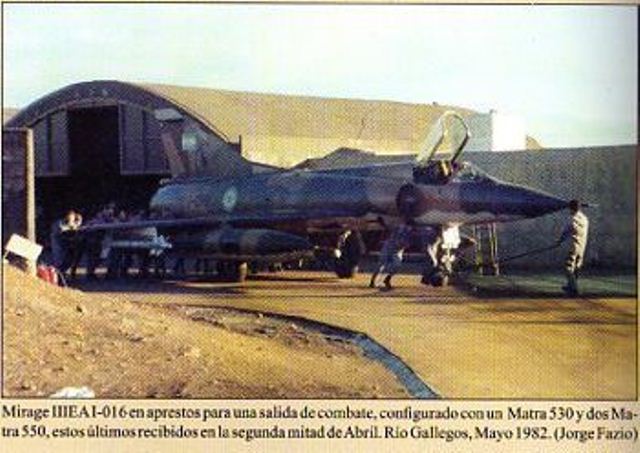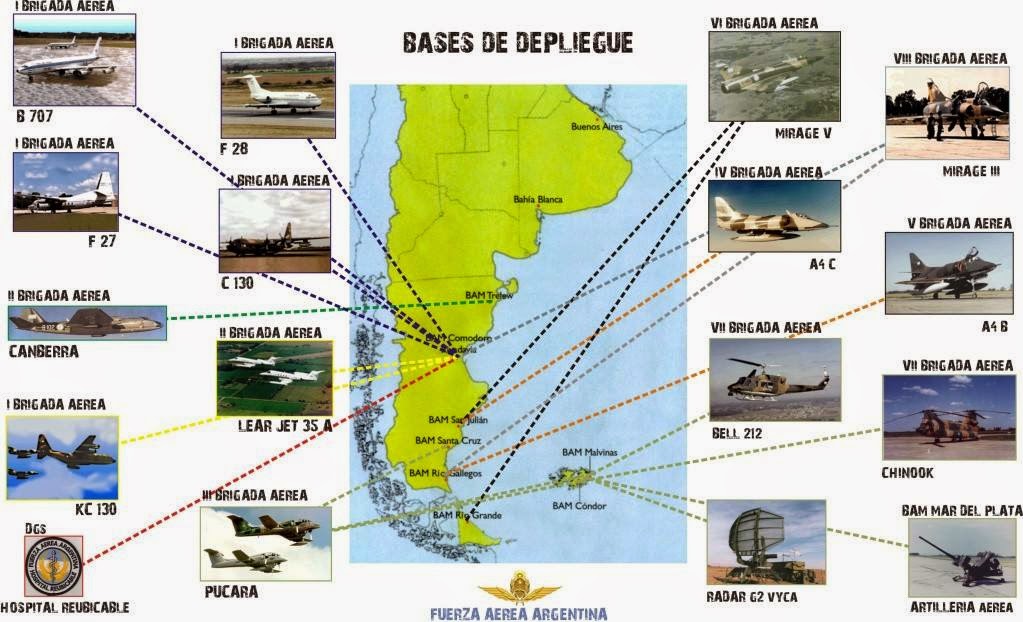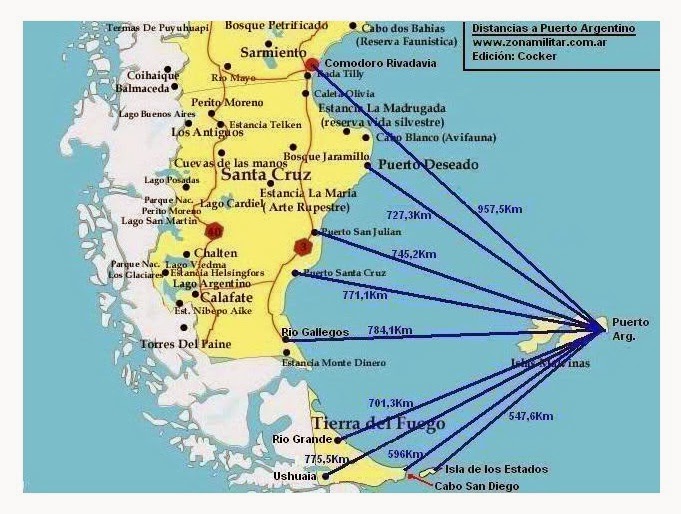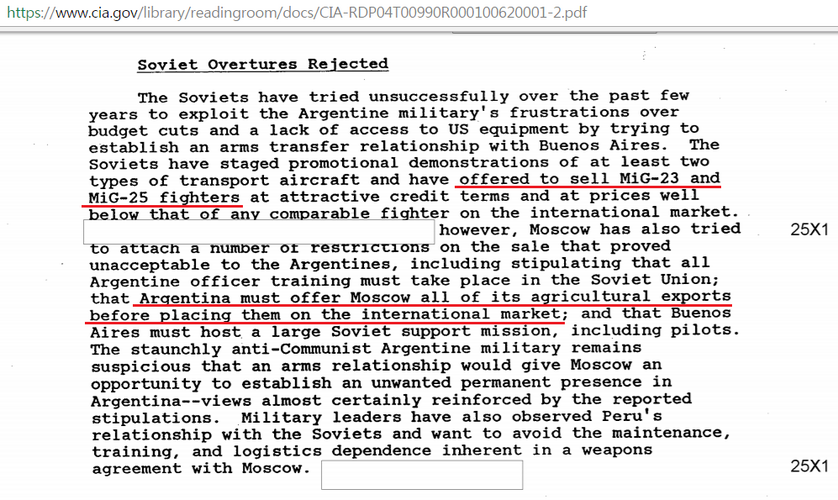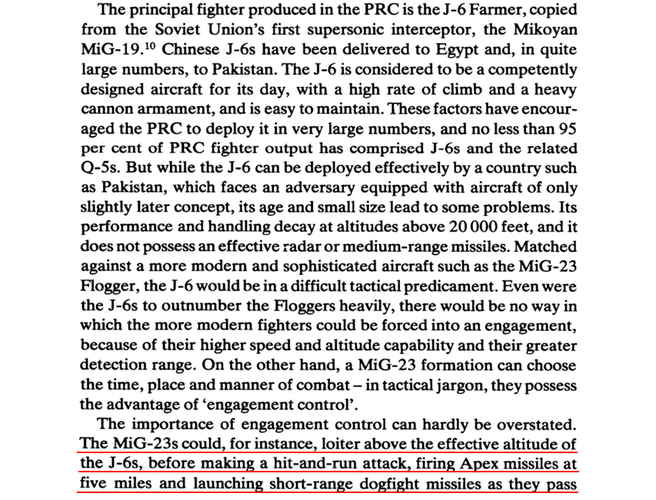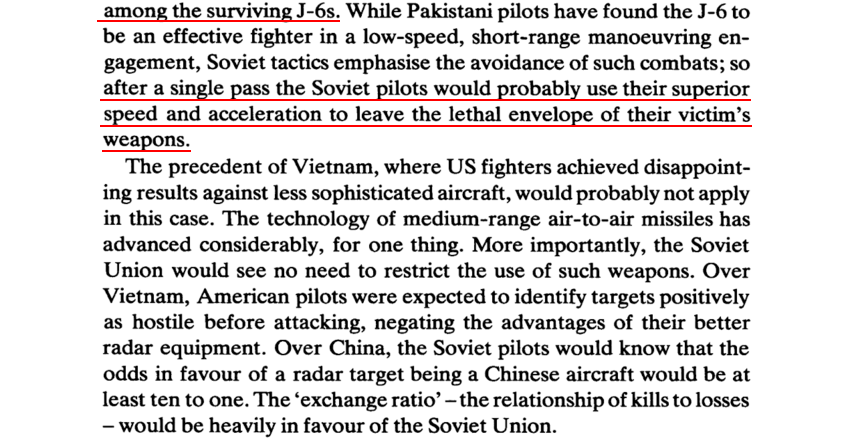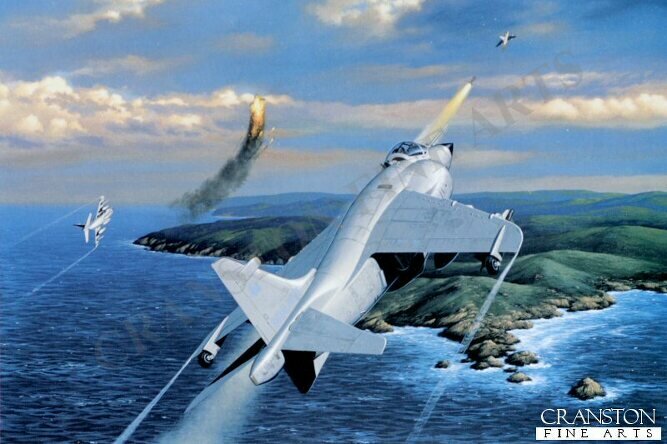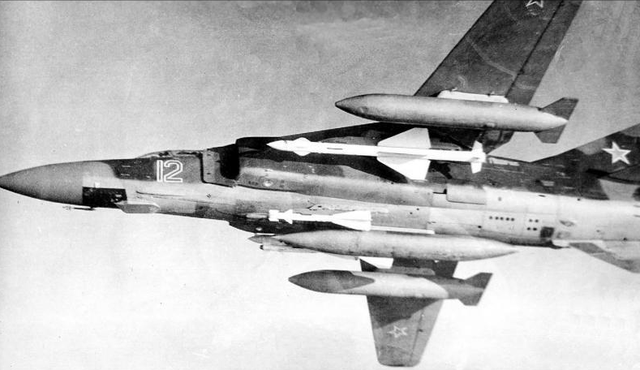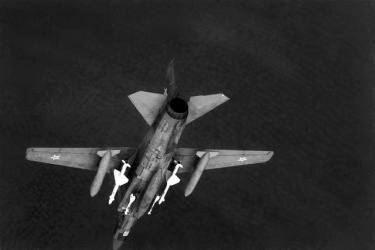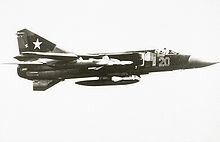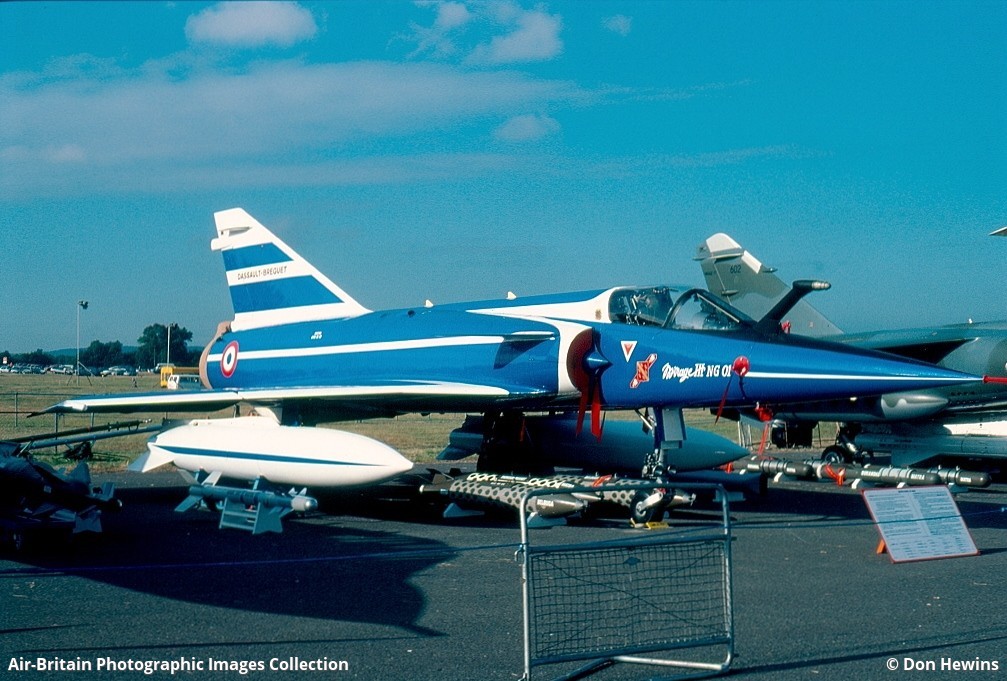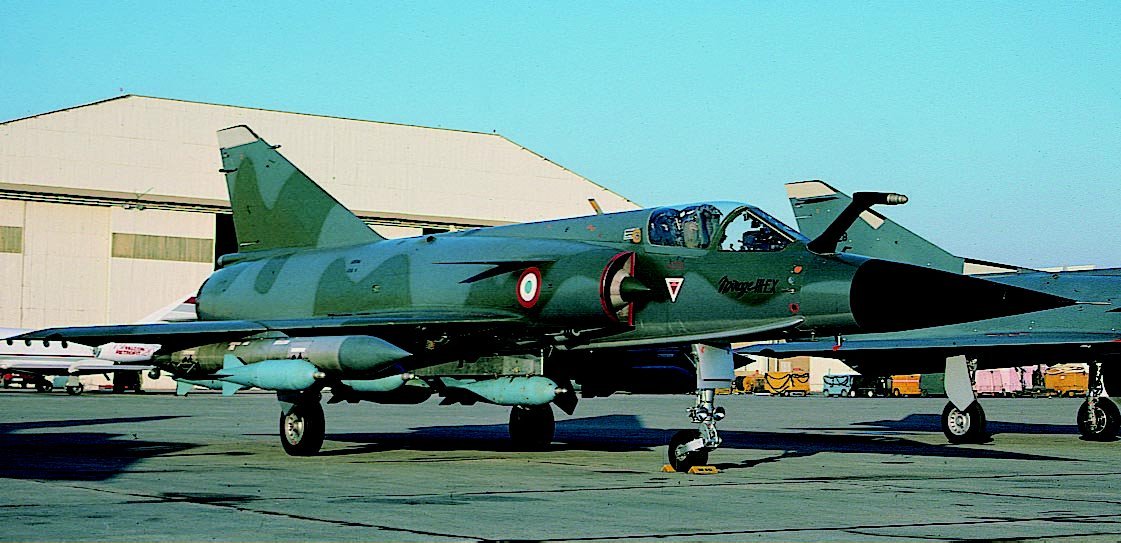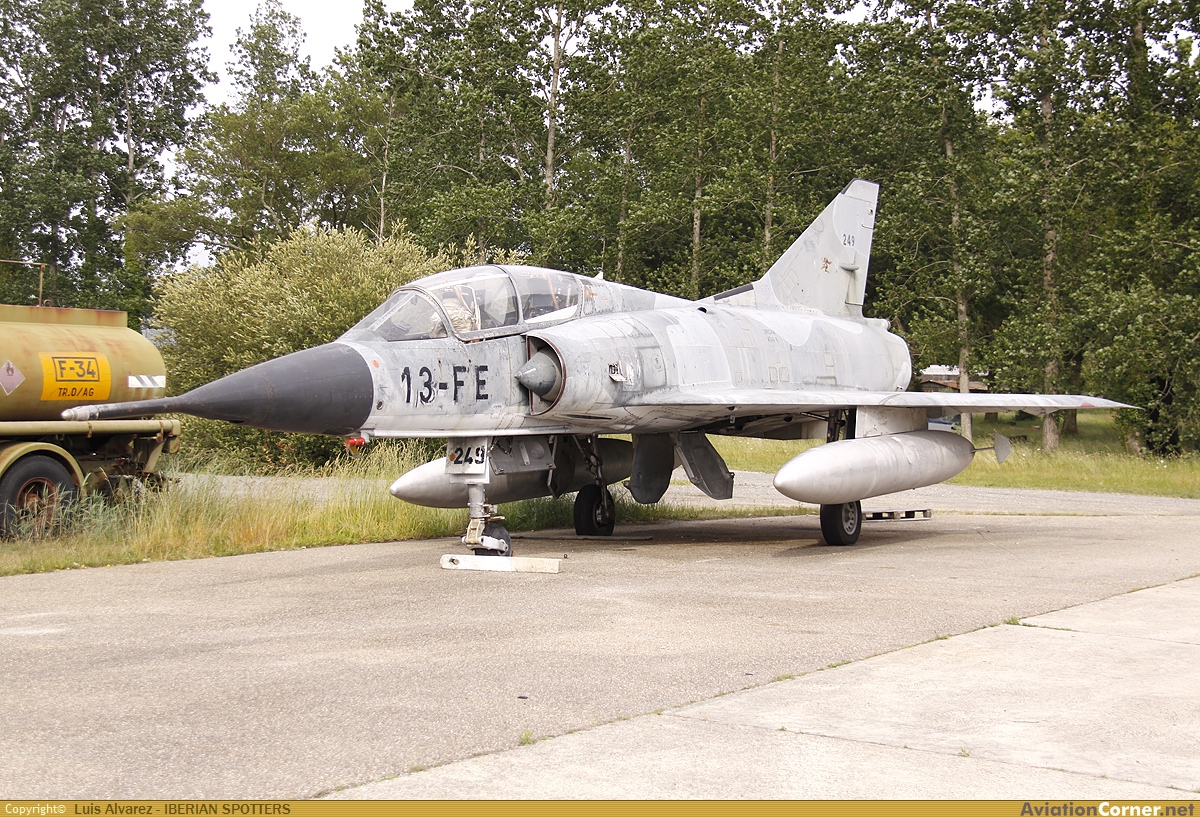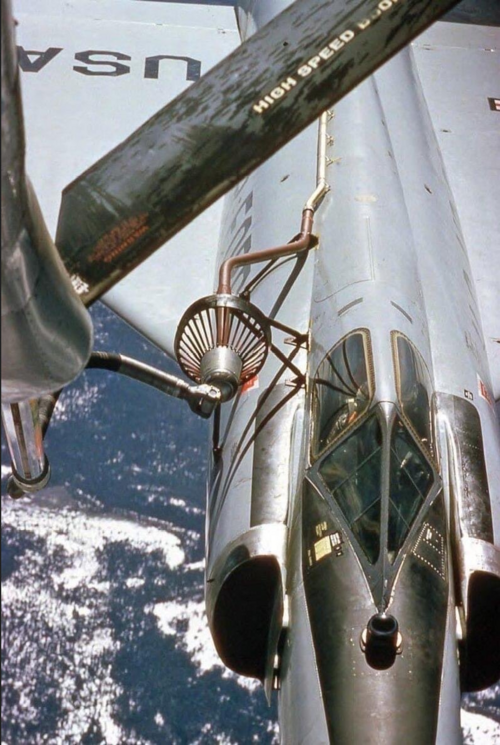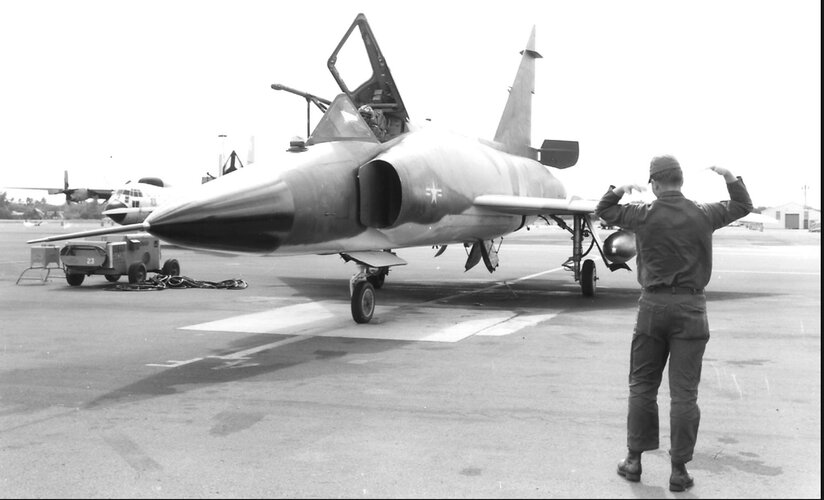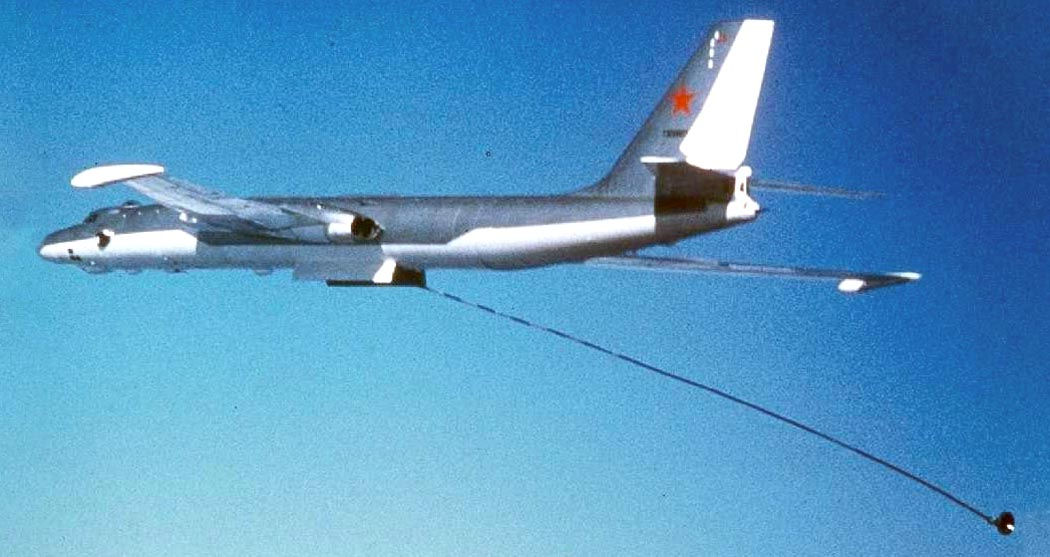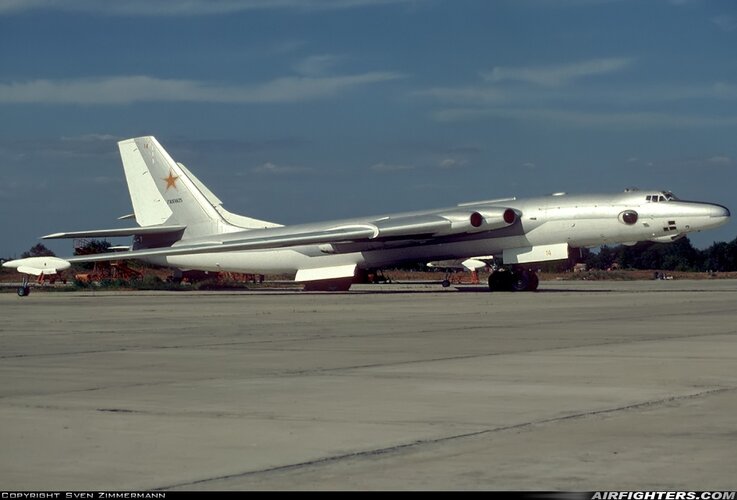F.L.
ACCESS: Top Secret
What would have been the impact on the dogfights FAA vs Sea Harriers FRS.1 if Argentina had disposed MiG-21MF/bis & MiG-23MS/MF with R-13M/R-60 during the air war over Falklands.
Shar vs MiG-21/
Shar vs MiG-23/
And also with other fighters.
The purpose of this thread is not to engage in impossible speculation, but to consider the impact that MiGs or other fighters could have had on the air war over the Falkland Islands.


Shar vs MiG-21/
Shar vs MiG-23/
And also with other fighters.
The purpose of this thread is not to engage in impossible speculation, but to consider the impact that MiGs or other fighters could have had on the air war over the Falkland Islands.

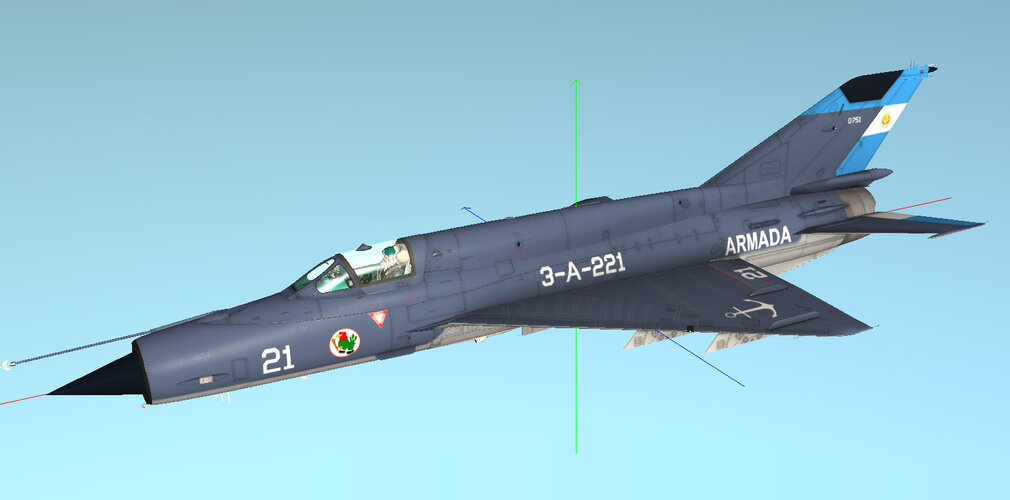
Last edited:

